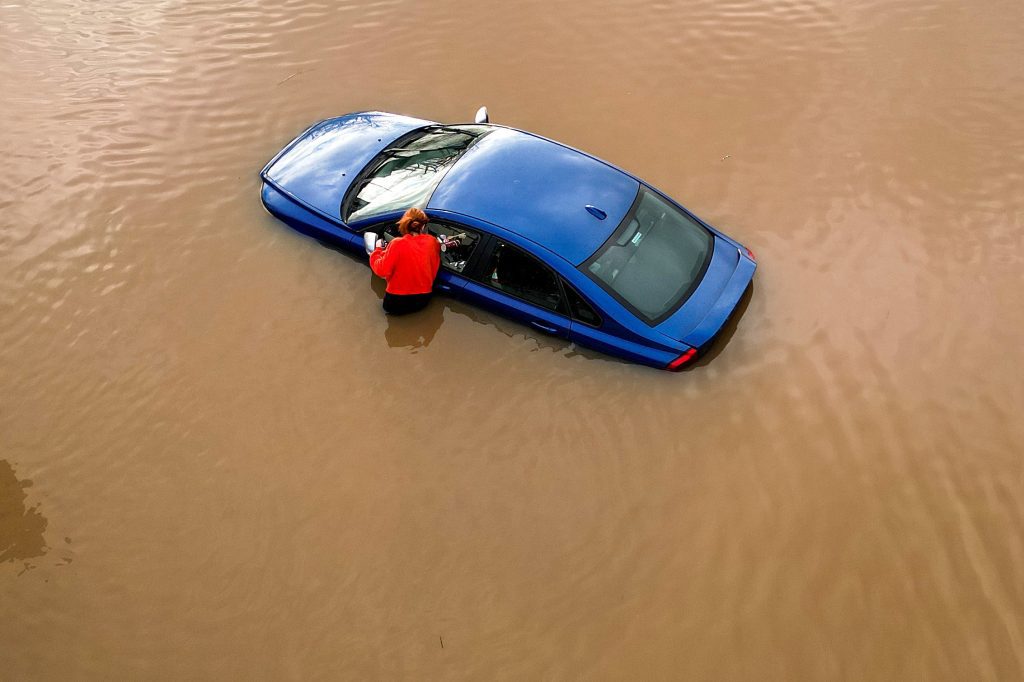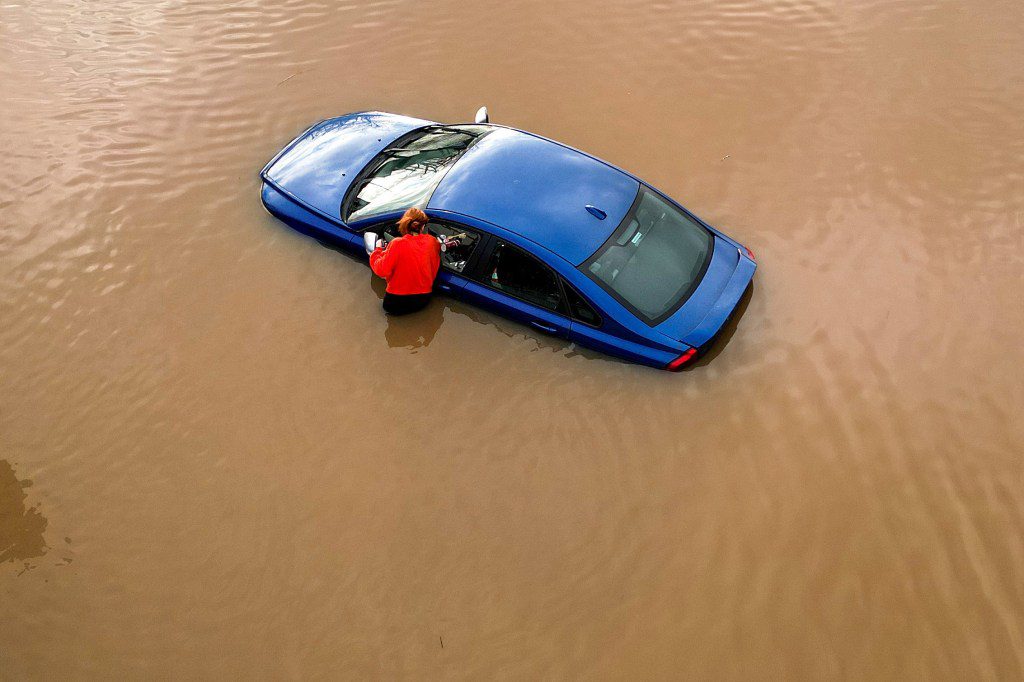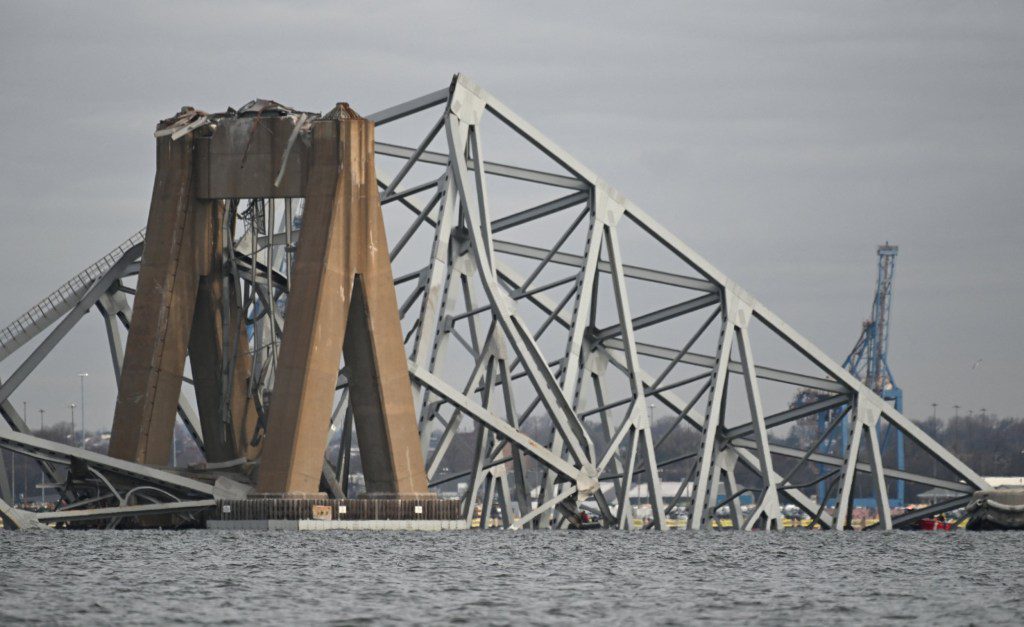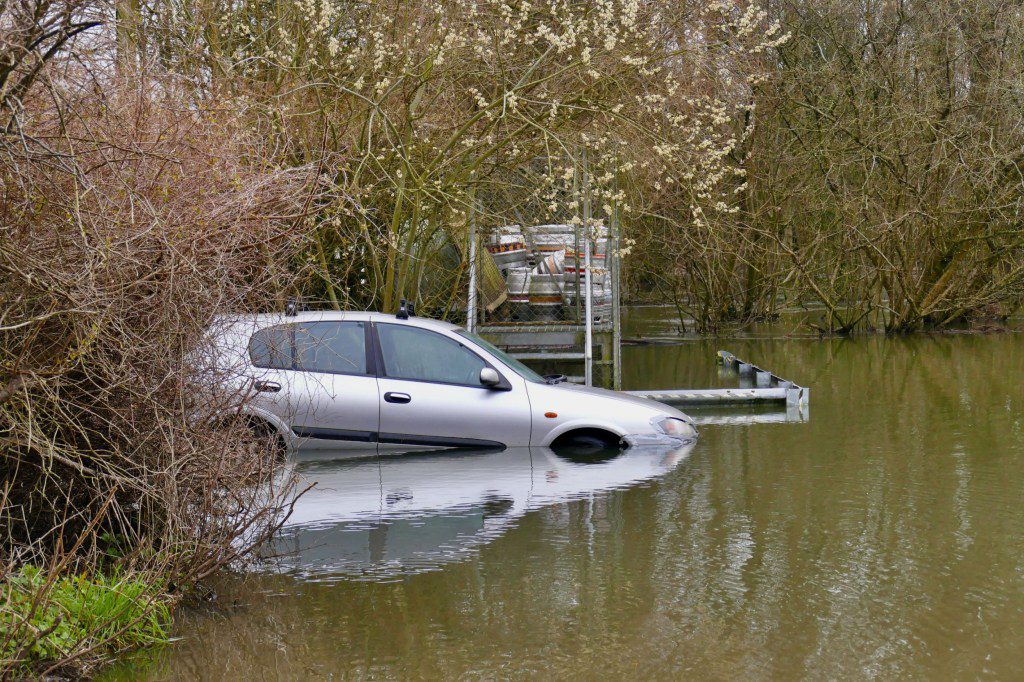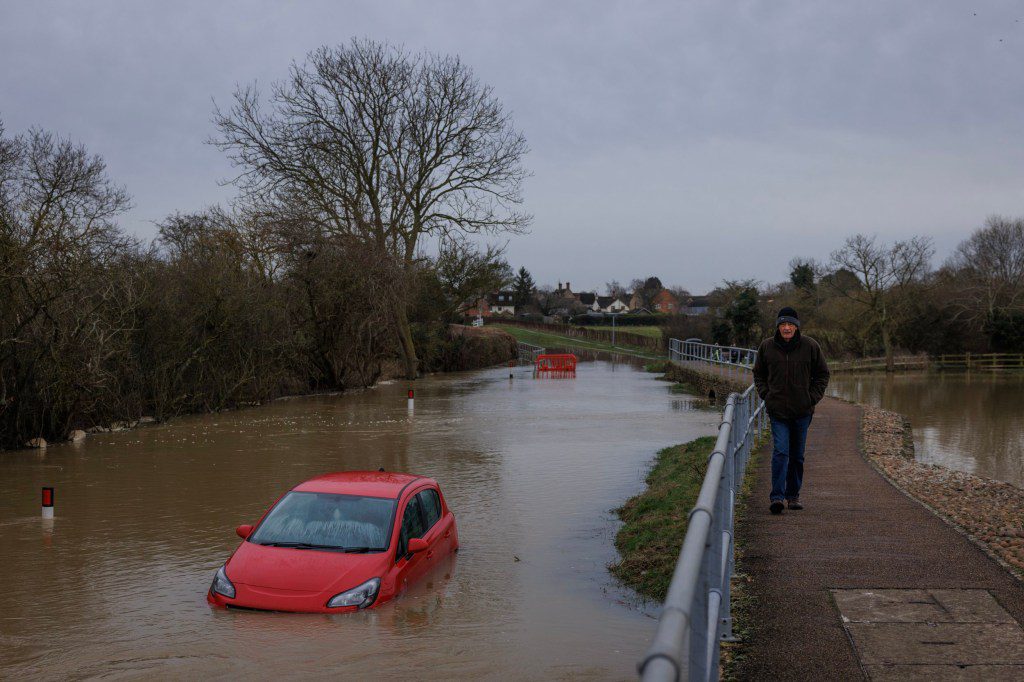Being in a car accident under any circumstances is already a scary experience, and being trapped underwater afterward is even worse.
This morning, it was reported that at least seven cars were trapped at the bottom of the Baltimore River after it suddenly collapsed following a collision with a cargo ship, leading the local government to declare a ‘state of emergency’ as they manage the aftermath and search for survivors.
In such serious circumstances, every second is crucial, and knowing how to react can be the difference between life and death. In such a frightening situation, understanding the correct steps to take is not just valuable; it’s potentially life-saving.
There are many opinions about the right way to leave a sinking car- some suggest smashing the windows while others claim you should wind them down instead. In such a scenario, you likely only have one chance to get things right- here’s a guide to ensure you make the right one.
Stay Calm and Act Quickly
Above all else, the most important thing to do in any such situation is to stay calm and act quickly, before any sense of panic sets in. If a car hits a body of water, it may not sink right away- some cars may float on top of the water for a while and gradually become submerged.
When this happens, take a few deep breaths to steady yourself and assess the situation. Determine whether the car is sinking rapidly or if there’s time to react. Maintaining composure will allow for clearer thinking and better decision-making, which are crucial for survival.
Undo Your Seatbelt and Prepare for Escape
Once you’ve assessed the situation and calmed your nerves, the next step is to free yourself from the seatbelt. Quickly find the seatbelt release mechanism and unbuckle it- or cut through it if necessary. As you do so, mentally prepare yourself for escape. Visualize the steps you’ll need to take to exit the vehicle swiftly. This mental preparation can help streamline the escape process and minimize potential delays.
Open the Windows or Sunroof
If the car is still afloat and the windows are not already submerged, try to roll down the windows or open the sunroof. This will provide an additional exit point and allow water to enter the vehicle slowly, equalizing pressure, which may make it easier to open the doors later on. If the windows are electric and won’t open due to water damage or electrical failure, move on to the next step.
If you cannot open the windows or sunroof, you’ll need to break a window to escape. Use a window-breaking tool such as a spring-loaded center punch, emergency hammer, or heavy object to shatter the glass. Aim for the corners or edges of the window, as they are weaker points. Be prepared for a rush of water when the window breaks, and cover your face to protect against glass shards.
Swim to the Surface
Once you break a window, leave the vehicle quickly through the opening. Be aware of broken glass and any obstacles that might block your escape. Move quickly and purposefully, as time is important.
After getting out of the vehicle, swim upward to the surface using gentle motions. Avoid kicking hard, as it can use up more oxygen. Keep your movements controlled to save energy.
When you reach the surface, ask for help or swim to the closest shore if it's nearby. Signal for help if there are people around. If you're alone, save energy by floating on your back while waiting for rescue. Once on land, get medical help quickly for any injuries or problems from the experience.
.





